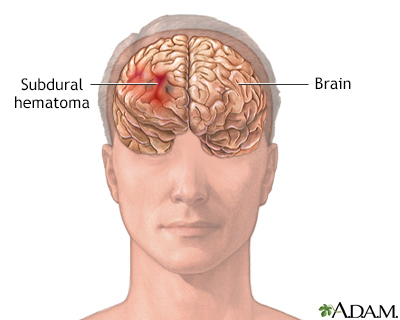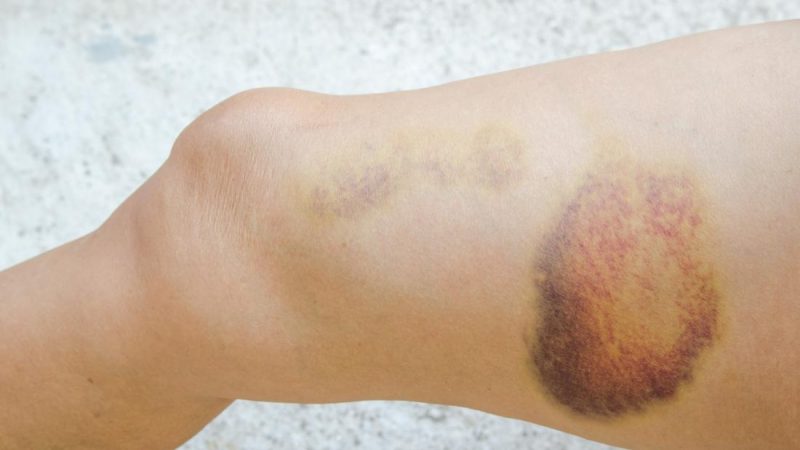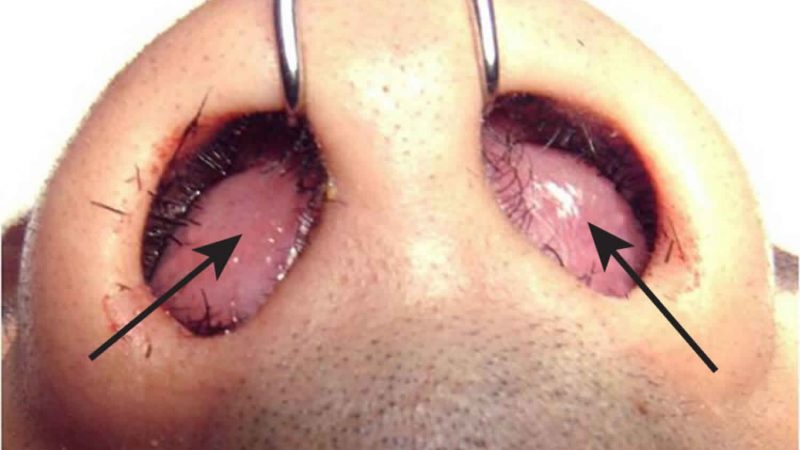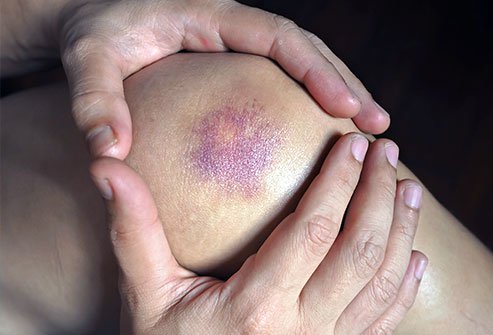Epidural Hematoma
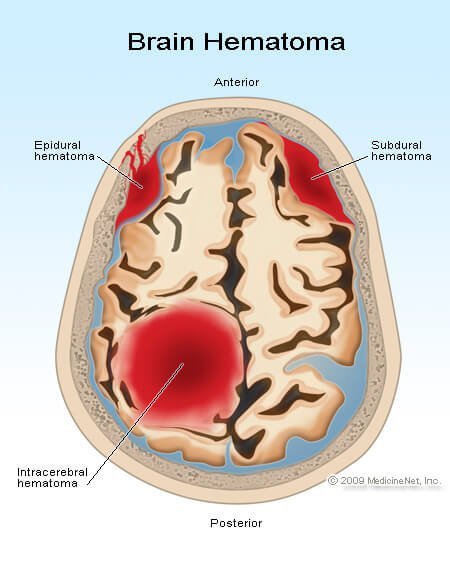
What is an epidural hematoma?
An epidural hematoma happens when a mass of blood structures in the space between your skull and the defensive covering of your cerebrum. Injury or other injury to your head can make your cerebrum ricochet against within your skull. This can tear your mind’s interior covering, tissues, and veins, which brings about dying. This can make a hematoma structure.
An epidural hematoma can come down on your mind and cause it to grow. As it expands, your mind might move in your skull. Tension on and harm to your mind’s tissues can influence your vision, discourse, portability, and cognizance. Whenever left untreated, an epidural hematoma can cause enduring mind harm and even demise.
If you speculate you have an epidural hematoma, stand out enough to be noticed immediately.
What are the manifestations of an epidural hematoma?
The side effects of an epidural hematoma rely upon its seriousness. They can emerge minutes or hours after you support a head injury. You may have an epidural hematoma in the event that you experience:
- disarray
- tipsiness
- languor or changing degrees of sharpness
- serious migraine
- queasiness
- spewing
- seizures
- broadened understudy in one of your eyes
- loss of vision on one side
- shortcoming on one piece of your body
- windedness or different changes in your breathing examples
You may black out for a short timeframe. This may be trailed by a time of sharpness before you fall oblivious once more. You can even slip into a state of insensibility.
What causes an epidural hematoma?
An epidural hematoma generally results from injury or other injury to your head. For instance, your mind might be exposed to a harming blow throughout a fall, vehicular mishap, or crash in physical games. Actual maltreatment can likewise cause head injury and lead to an epidural hematoma.
Who is in danger of an epidural hematoma?
- You’re at higher danger of fostering an epidural hematoma if you:
- are a more established grown-up
- experience difficulty strolling without falling
- have encountered injury to your head
- take blood diminishing meds
- drink liquor, which increment your danger of falls and different mishaps
- try not to wear a defensive cap during contact exercises
- try not to wear a safety belt while going in vehicles
How is an epidural hematoma analyzed?
If your primary care physician speculates you have an epidural hematoma, they can utilize an assortment of tests to analyze and find it. For instance, they might arrange:
- neurological tests
- registered tomography (CT) filters or attractive reverberation imaging (MRI) to look at your skull and the delicate tissue in your cerebrum
- electroencephalogram (EEG) to survey your cerebrum’s electrical movement
How is an epidural hematoma treated?
Your suggested treatment plan for an epidural hematoma will rely upon the seriousness of your condition and side effects. Having different wounds or ailments can likewise influence your treatment.
Medical procedure
As a rule, your primary care physician will prescribe a medical procedure to eliminate an epidural hematoma. It for the most part includes a craniotomy. In this technique, your specialist will open up piece of your skull so they can eliminate the hematoma and diminish the tension on your mind.
In different cases, your PCP might suggest desire. In this technique, they will cut a little opening in your skull and use attractions to eliminate the hematoma. This may just be powerful for a tiny hematoma that is not coming down on your cerebrum.
Meds
Prior to craniotomy or goal, your primary care physician may endorse drugs to lessen irritation and intracranial tension. For instance, they might suggest hyperosmotic specialists. These medications can assist with lessening enlarging in your cerebrum. They incorporate mannitol, glycerol, and hypertonic saline.
After your hematoma has been eliminated, your PCP might recommend antiseizure meds. This can assist with forestalling seizures — a potential difficulty of head wounds. You may have to take these meds for quite a long time or even a long time.
Rehabilitative treatment
Your primary care physician might allude you to an actual specialist, word related advisor, or other advisor. They can assist you with overseeing indications and inabilities brought about by your physical issue, for example,
- shortcoming
- incontinence
- trouble strolling
- loss of motion or loss of sensation
They might prescribe activities to work on your actual capacities, alongside other adapting procedures.
Home consideration
Your recuperation interaction can set aside time. Most enhancements will happen inside the initial a half year after your physical issue and treatment. Extra enhancements might require as long as two years.
To assist with advancing your recuperation interaction, your PCP will probably urge you to:
- Follow their suggested treatment plan.
- Rest when you’re drained and get sufficient rest around evening time.
- Step by step increment your movement level.
- Stay away from physical games.
- Stay away from liquor.
What is the standpoint for an epidural hematoma?
Without brief clinical treatment, an epidural hematoma conveys a high danger of death. Indeed, even with treatment, it can cause enduring cerebrum harm and inability.
Brief treatment builds your odds of endurance and further develops your recuperation possibilities. Following your PCP’s suggested treatment plan can likewise assist you with recuperating, while at the same time bringing down your danger of difficulties and extremely durable incapacity.
How might you forestall epidural hematomas?
It’s not generally imaginable to keep away from mishaps. Accordingly, head injury and epidural hematomas can happen to anybody. Yet, you can bring down your danger of injury by taking a couple of straightforward security safety measures. For instance:
- Continuously wear a safety belt while going in an engine vehicle.
- Continuously wear an appropriately fitted protective cap while riding your bicycle, playing physical games, or taking an interest in other recreation or work exercises with a high danger of head injury.
- Keep your home, yard, and work environment in decent shape to limit stumbling perils and lower your danger of falls.
- These essential safeguards can assist with shielding your head and mind from injury.
